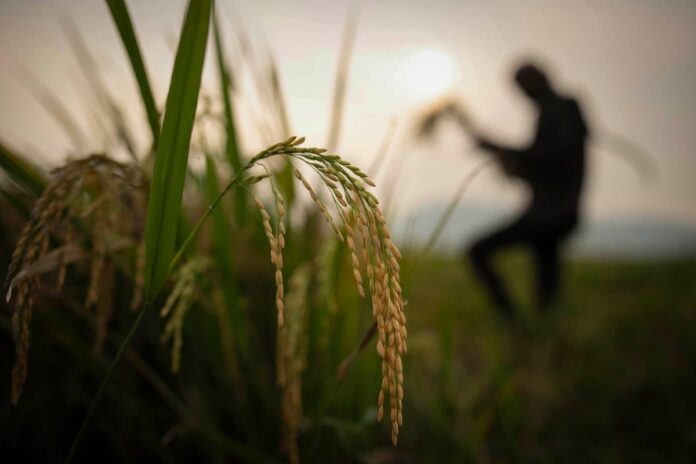The world’s largest exporter of rice, India , is mulling banning the export of several varieties of the grain, according to a recent report, raising concerns of further driving up the prices of the essential food staple globally. Amid already soaring rice prices that have reached an 11-year high this year, the Narendra Modi government is discussing a plan to ban exports of all non-Basmati rice, according to a recent report by Bloomberg, quoting people familiar with the matter. The move, if implemented, would result in India banning 80 per cent of all of its rice exports, sending global prices to new highs as the world continues to grapple with soaring food inflation amid Russia’s invasion of Ukraine. Insiders told the outlet that the move is aimed at curbing the risk of heightened inflation, particularly ahead of upcoming elections. While the move can control domestic prices, it carries the risk of causing global costs to surge even higher amid a tight supply. India accounts for more than 40 per cent of the world’s rice exports and is struggling with rising domestic inflation in food prices, including vegetables such as tomato and other essential staples. In recent months, India, which was the cheapest supplier of rice, has taken several measures to strengthen control over the trade of certain rice varieties. The country implemented a ban on the export of broken rice in 2022. It also levied 20 per cent duty on shipments of white and brown rice. The price of Indian rice exports jumped to a five-year high of 9 per cent in June, after it announced an increase in minimum support prices for the farmers. Last year, India’s move to ban wheat exports led to a global outcry . The report comes as globally there have been increased concerns over the disruptive El Nino weather phenomenon’s impact on agricultural produce, which has pushed benchmark prices to a two-year high. The cyclic weather event in the Pacific Ocean is known to drive heat further up and is worrying researchers as it comes on top of the worsening climate crisis already fuelling extreme weather events. India has been grappling with repeated heatwaves and erratic monsoons impacting agricultural production. Longer droughts and heavier monsoons, resulting in more rain in a shorter period, have adversely impacted India’s crop production. Fears of shortages also pose challenges of stockpiling. Rice serves as a vital staple for around half of the global population, with Asia alone accounting for about 90 per cent of the world’s rice consumption. Importing countries such as Indonesia, China and the Philippines have been aggressively stockpiling rice this year. According to experts, the concerns of rising rice prices need to be seen in the context of worsening climate change, as most of the agricultural produce comes from climate-vulnerable countries. ‘Two thirds of the rice we import – worth £229.2m last year – comes from climate vulnerable parts of the world; over half of that (£127m) from India,’ said Gareth Redmond-King, head of international programme at the Energy and Climate Intelligence Unit. ‘As impacts worsen, so shortages will drive up the cost of staple foods we import from overseas, which we cannot simply grow here instead,’ he said. ‘Cutting emissions to net zero is the only route to halting climate change to limit warming and avoid even worse impacts.’
India considers a rice export ban – what would that mean for the world?
Sourceindependent.co.uk
RELATED ARTICLES


